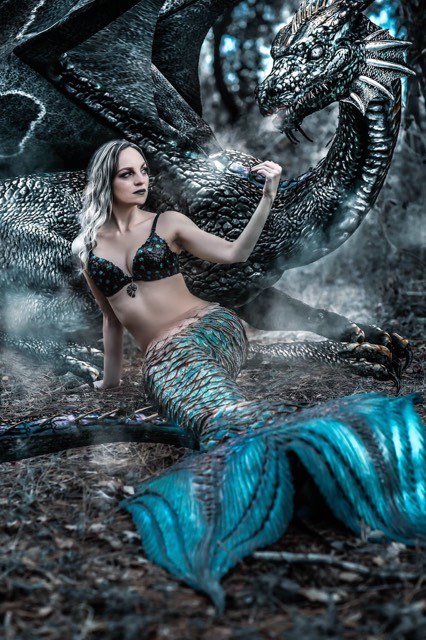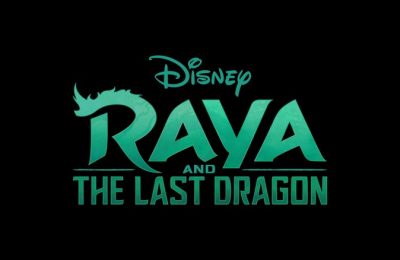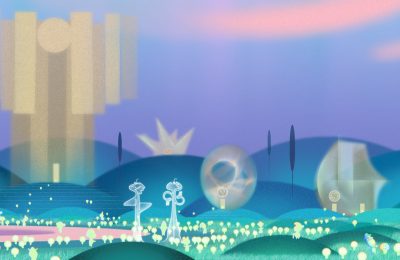
Last week, Disney announced that they had found their new Ariel for their upcoming live action remake of the animated classic The Little Mermaid. Halle Bailey will don the flippers and be part of your world when the new film hits theaters. Halle Bailey has an amazing voice, and is best known from the Freeform Show, “grown-ish”. The new film will be directed by Rob Marshall and produced by Marshall, John DeLuca, Marc Platt, and Lin-Manuel Miranda. The film will feature beloved songs from the animated classic by Alan Menken and Howard Ashman, as well as new songs by Menken (music) and Miranda (lyrics). It follows the continuing trend of Disney taking older stories, and even stories that it has made into animated films and remaking them into live action.
The internet had a meltdown.
The hashtag #notmyariel popped up, and people started complaining about the changing of Ariel from a red haired, blue eyed girl of European Descent to an African American. It’s a large change, but if the film is good, and she can sing…does it matter?
To get a better understanding of the issue, we approached it in the most BTT way we could…and we asked an actual mermaid. Yeah, they exist and they have opinions, so who better to ask?

Dr. Heather Blackall is a “professional mermaid”. What does that mean? She has modeled as a mermaid for photographers for various projects, including for the “Save our Springs” initiative. She’s also the director of the Marcelline Mermaids who make community appearances throughout Tampa Bay including the Gasparilla parades. And don’t think she’s just out there flipping her fins, she has a doctorate in biochemistry, a masters in veterinary medicine and also in pharmaceutical sciences. On top of that she also runs Ocean’s Daughter Conservation Alliance, which is a nonprofit that works to bring awareness to the ocean and marine life through science and research.

She’s very much into sharks, and protecting them and the world they live in. Dr. Blackall also appears as a mermaid and directs the pod of mermaids for SharkCon in Tampa Bay. As for us walking along on those…what we do call them…oh yeah feet… She does “Storytime with a mermaid” as well as Conservation talks as a mermaids for local schools and community events.Tampa Bay
She should do for a mermaid, right?
So what does Dr. Heather think of the whole idea of changing Ariel up?
Here’s what she told us:
A lot of fans are forgetting that Disney’s animated film was an adaptation from Hans Christian Andersen’s literary masterpiece. As originally written, the tale was far too dark to be a blockbuster success for young audiences. Instead of an epic battle for true love, there is a twisted murder plot. Our protagonist is rather shy and often portrayed as pensive. She wasn’t the bubbly rebellious teenager that Disney portrayed. The sea witch was a minor character that operated more matter-of-factly than deceptively. Ariel wasn’t even the mermaid’s name and spoiler alert – the mermaid ultimately turns to seafoam. Furthermore, hair color wasn’t even worth a mention!
So in classic Disney style, a number of creative liberties were taken to modernize the tale. So for all of you in such an uproar out there, let’s discuss that red hair! The animation team actually heavily debated Ariel’s hair color. Red was ultimately chosen to compliment the green tail since animators believed it would be more visually captivating for younger audiences. This was an era where a significant amount of experimentation was still going on with the animation process. The film was all about vibrant bold colors decorating the aquatic landscape. The directors pushed this aesthetic boundary even further by deliberately desaturating the colors in the opening sequence of the film. How many of you actually caught that juxtaposition? Additionally, they wanted to differentiate their mermaid from the iconic blonde in “Splash”.
So there you have it, the color red was never intended to define the character of Ariel. It never held some grand purpose in character development. It was merely one tool in the animator’s arsenal to keep children mesmerized by the screen. In fact, Atlantean mermaids were often depicted through folklore as being blonde. Other legends have mermaids gaining more rainbow strands of blues, pinks, and purples in their hair as a physical sign of reaching maturity or even royalty. Throughout the ages, mermaid hair color varies drastically!
Want to move on to that skin tone backlash? Setting aside the argument that “mermaids aren’t real”, ancient texts from around the globe depict mermaid mythology and through it all is the notion of a diverse geographical distribution. Pliny the Elder was a Roman scholar who described Nereids as “women with rough scaly bodies like fish” in Natural History. In a 5th Century AD book entitled Physiologus, a Greek unknown scholar dedicated a portion of the writing to portraying “The Nature of the Mermaid”. Ancient Mesopotamian culture chronicles the existence of a merman by the name of Oannes. Legend claims he would rise from the depths of the Persian Gulf every morning and instill knowledge, reasoning, and wisdom to mankind. As a result of his efforts, humans were equipped with cognitive tools that led to scientific advancements such as agriculture, medicine, astrology, the construction of cities, and written language. So with such a diverse global population of mermaid tales to choose from, isn’t it a bit small minded to claim that mermaids could only be one particular ethnicity? From a historical context, if mermaids were a real species, they were just as varied as humans.
For those of you pushing this “#notmymermaid” narrative under the guise of Disney purism, isn’t that a bit hypocritical? Disney is simply doing what they have ALWAYS done. They are modernizing classic fairytales to inspire the next generation. The upcoming live action film is just their latest effort in immersive storytelling, and an attempt to continue to promote the need for nurturing imagination. It is meant to be an adaptation, not a replica. At its core, the lesson has always been the same – magic is all around us, and you can be anything you choose to be. Your circumstance does not define you, and everyone is deserving of a happily-ever-after. Walt built an empire on the premise of wishing upon stars, flying elephants, magic carpet rides, and pixie dust. The underlying theme has always been about believing in the impossible. So isn’t arguing “realism” the complete antithesis to everything that pure Disney has ever stood for? You can’t claim to be a hardcore Disney fan if you never bothered to learn what Disney actually stands for!
Ariel’s physical traits are not relevant to the essence of her character. For some watching the original movie, the takeaway was how a young girl changed everything about herself including her species for the sake of impressing a guy. Others understood the deeper lesson of finding your voice and following a dream that nobody can understand or see but you.
It is all about perspective! So how about instead of teaching our little girls to focus on skin tone or obsess over irrelevant things like hair color, we teach them that they CAN shatter glass ceilings WHILE simultaneously wearing glass slippers!
And there you have it! Straight from the mermaids fins! The films are what you make of them, and what Disney is making of them is about more than just skin color, it’s the message that anyone can be a mermaid and shed their tails.




